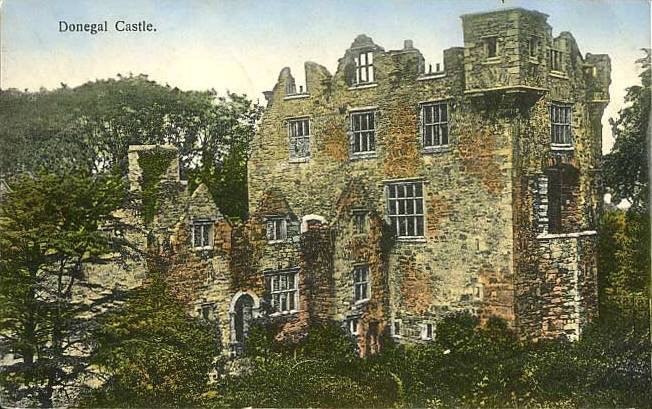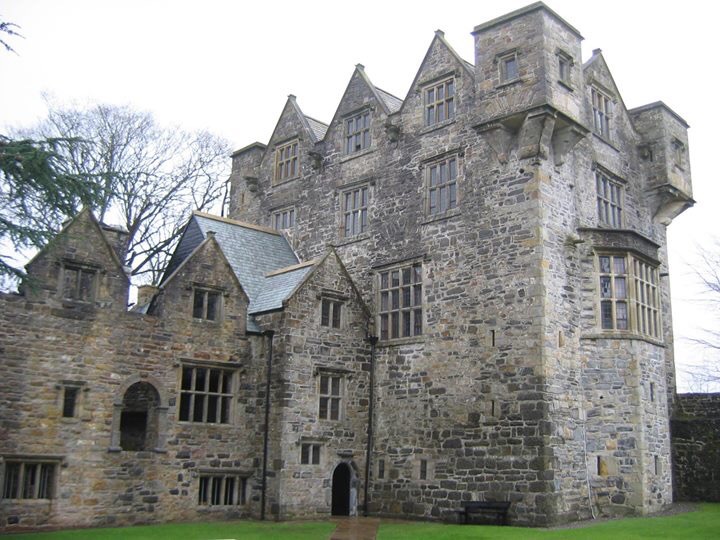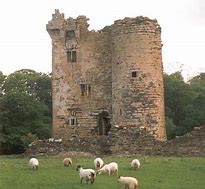
In 1843, just two years before the outbreak of the Irish Famine, “An Gorta Mór”, Mr and Mrs Samuel Carter Hall published a book about their experiences travelling around Ireland called “Ireland: Its Scenery, Characters &c” in three volumes, filled with factual history, their own observations and anecdotal stories from the people that they met on their journeys around the country. County Donegal featured large in Volume III of their book and in the southern part of the county they visited Donegal Castle, Lough Derg and the ruins of Termon McGrath castle near Pettigo.
In addition they visited the ruins of Kilbarron Castle and gave the following brief description.
“Our own route lay through the southern extremity of the county to Ballyshannon; but we diverged a few miles in order to examine the picturesque and venerable ruin of Kilbarron –an ancient fortalice of the O’Clerys, chiefs of the district”.
Interestingly they also include a lithograph of the ruins of Kilbarron Castle in their book along with many other sketches of places of interest around Ireland. The Kilbarron drawing is the work of J. H. Burgess and engraving by “Jackson”. The engraving shows the ruins to have been more extensive in 1843 with upstanding walls of all three buildings easily identified. This image has been very useful in determining what the castle originally looked like. The original drawing by J.H. Burgess is in the National Library of Ireland in Dublin.
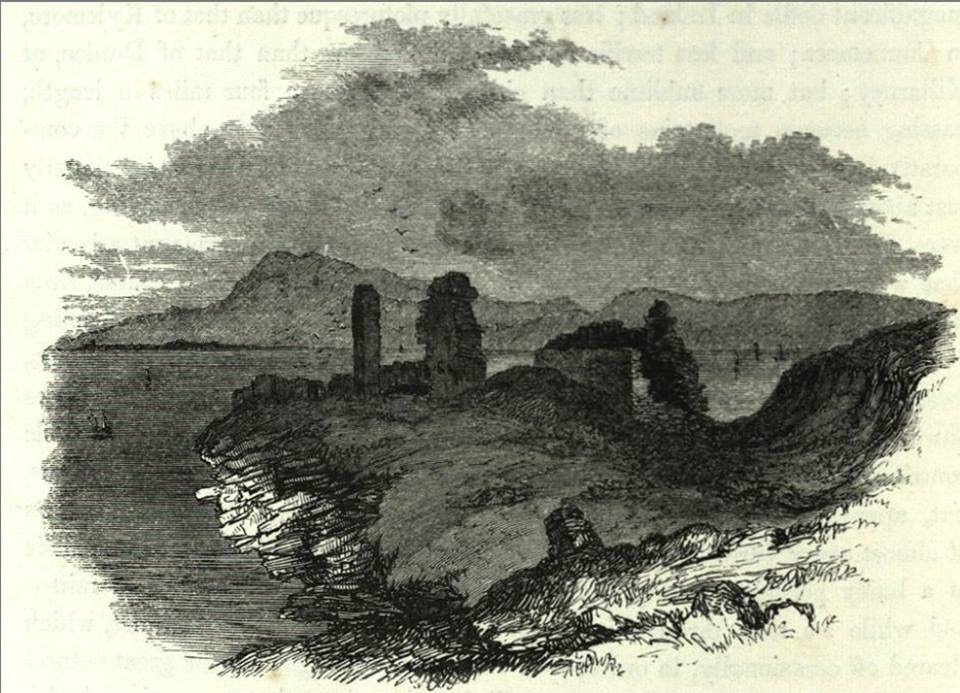
Samuel Carter Hall was born in Geneva Barracks, Co Waterford. The son of a London born British army officer. In 1821 he went to London to study law but became a newspaper reporter instead, He married Anna Maria Fielding in 1824 who was born in Dublin in 1800 but went to live in England when she was fifteen years old. She published extensively under her married name Mrs S. C. Hall including “Sketches of an Irish character” in 1829. She also contributed articles to the Irish Penny Journal under her name Anne Marie Hall.
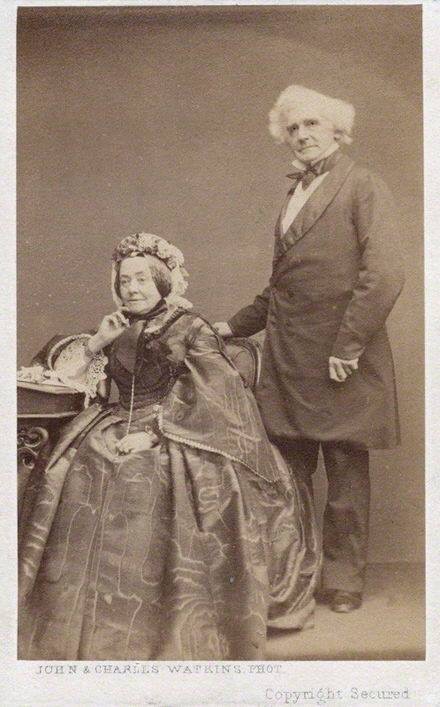
As a footnote it is interesting to note that Kilbarron Castle, Termon McGrath Castle and Donegal Castle were recommended as places of great antiquity and interest for the intrepid tourist of the 1840s! In the years since then, the first two of these although nominally protected by the state have been allowed to fall further into ruin whilst the latter has been partially restored by the Board of Works in more recent years.
